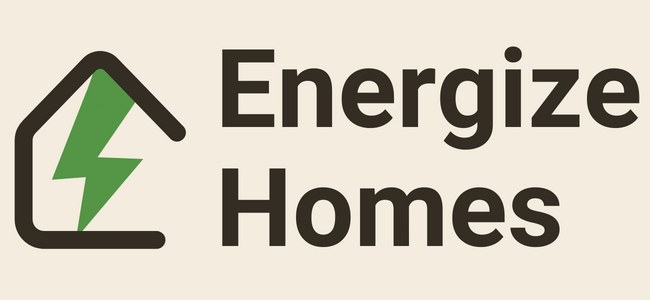Identifying the Signs of Insufficient Insulation in Residential Structures
The telltale signs of insufficient home insulation include temperature fluctuations, increased energy costs, ice dams, cold floors and walls, moisture and mold growth, and an overworked HVAC system.
In the realm of residential energy conservation, insulation is a pivotal player that often gets less limelight than it deserves. Proper insulation not only preserves your home’s thermal comfort but also enhances energy efficiency, thereby reducing both utility bills and greenhouse gas emissions. However, inadequate insulation can significantly impair these benefits. This article dives deep into the technical indicators and industry-specific signs that your home might be suffering from insufficient insulation.
Temperature Fluctuations
Temperature inconsistencies in various parts of the home are a red flag for insufficient or unevenly distributed insulation. Zones with adequate insulation should manifest a thermal equilibrium, maintaining the set temperature from the HVAC system with minimal fluctuation.
Table 1: Temperature Variance
| Zone | Ideal Temp (°F) | Signs of Inadequacy |
|---|---|---|
| Living Room | 70-75 | > 5°F variance |
| Bedrooms | 65-72 | > 5°F variance |
| Kitchen | 68-73 | > 5°F variance |
Increased Energy Costs
If you notice an abrupt or steady increase in your monthly utility bills, particularly for heating and cooling, the insulation is likely the culprit. Compare seasonal changes in energy consumption metrics, such as kWh used, against historic data to pinpoint insulation inefficiencies.
Table 2: Energy Cost Metrics
| Season | Ideal kWh | Warning Signs |
|---|---|---|
| Winter | 600-800 | > 900 kWh |
| Summer | 400-600 | > 700 kWh |
Ice Dams and Frost Accumulation
In colder climates, ice dams forming on the edges of the roof indicate inadequate attic insulation and ventilation. These occur because heat escapes through the roof, melting the underside of the snow layer and causing water to trickle down and freeze again.
Table 3: Ice Dam Metrics
| Location | Indicator |
|---|---|
| Roof | 2+ inches of ice |
| Gutters | Consistent icicles |
Cold Floors and Walls
A well-insulated home should have floors and walls that feel relatively warm to the touch during cold weather. Cold or drafty surfaces indicate that the insulation material has either settled, leaving gaps, or is not providing an adequate R-value (Thermal Resistance).
Table 4: R-Value Indicators
| Surface | Ideal R-Value | Warning Signs |
|---|---|---|
| Wall | R-13 to R-23 | < R-13 |
| Floor | R-25 to R-30 | < R-25 |
Moisture and Mold Growth
Excess moisture and mold growth are also indicators of inadequate insulation. Poorly insulated homes tend to have high levels of condensation on windows and walls, providing a conducive environment for mold.
Table 5: Moisture Indicators
| Location | Indicator |
|---|---|
| Windows | Frequent condensation |
| Walls | Dark, moldy spots |
HVAC System Overwork
Lastly, if your HVAC system constantly cycles on and off or runs for extended periods, it is likely trying to compensate for the heat loss or gain due to insufficient insulation. This not only affects the lifespan of the system but also results in suboptimal energy usage.
Table 6: HVAC System Metrics
| Behavior | Indicator |
|---|---|
| Cycle Time | < 15 minutes or > 45 minutes |
| Run Time | > 8 hours daily |
